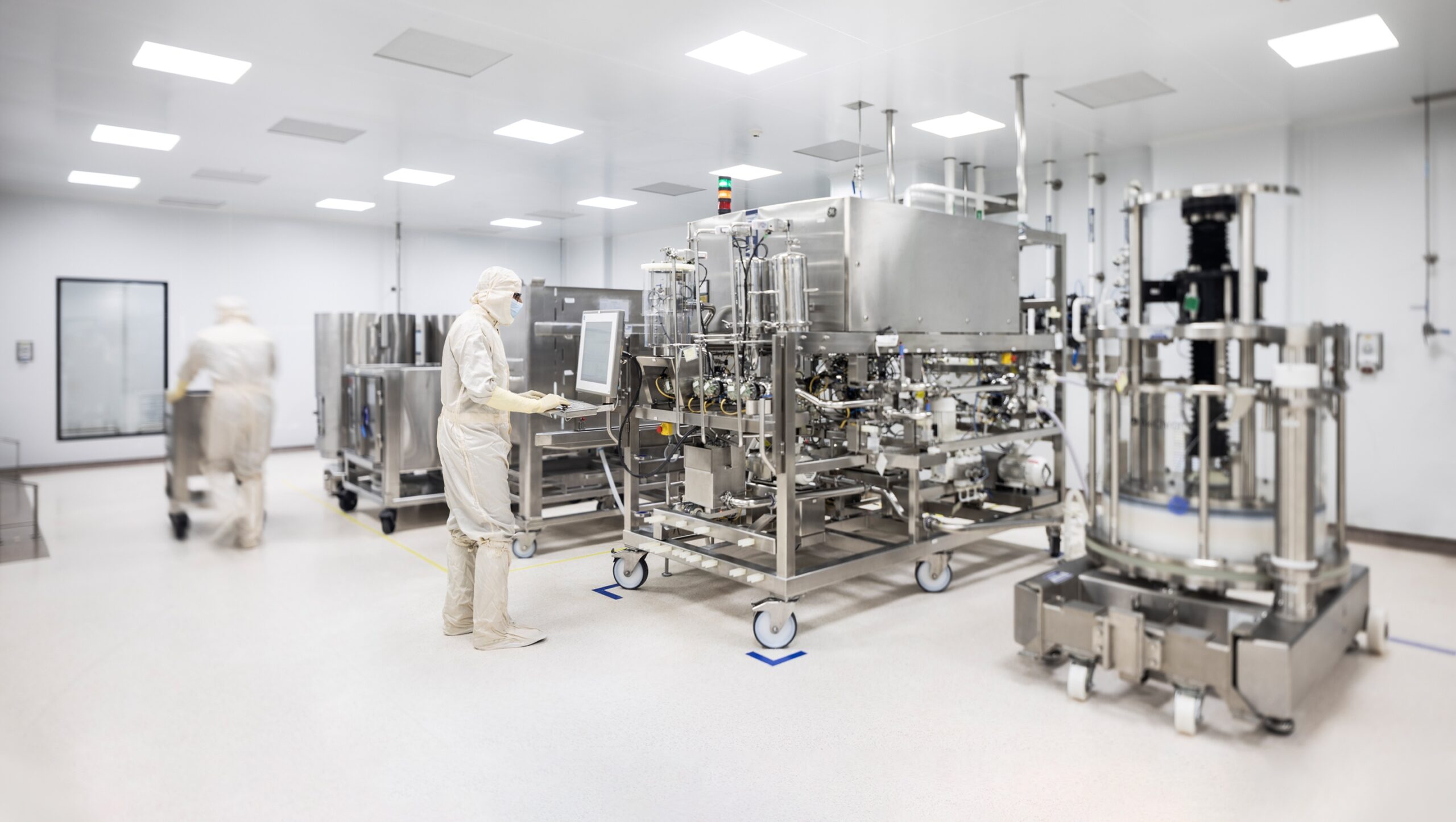Home > Newsroom > Resource Hub > Scientific Publications > Insuline Glargine > Insulin Glargine 10
10. Pharmacokinetic and pharmacodynamic analyses on insulin glargine biosimilar in healthy male volunteers using euglycaemic clamp technique
- Jan, 2016
- Kohei Kaku, T. Kakuma, S. Kono, H. Uchimaru, M. Shiramoto, S. Irie
Abstract –
A randomized, double-blinded, controlled cross over study in healthy adult male volunteers using euglyceamic clamp technique was conducted to evaluate the equivalence of pharmacokinetic and pharmacodynamic between Insulin Glargine Biosimilar (hereinafter referred to as FFP-112) andLantus®. A total of 81 subjects was administered the investigational drug. Pharmacokinetic analyses showed mean ratio between the drug products in 0.9520 of AUC0-30 and 0.9590 of Cmax, respectively, with 90% confidence intervals for the mean ratio between the drug products of 0.9100 to 0.9960 and 0.9097 to 1.0109, respectively. Pharmacodynamic analyses showed mean ratio between the drug products in 0.9885 of AUCqiro-jo and 0.9990 of GIRmax, respectively, with 95% confidence intervals for the mean ratio between the drug products of 0.9026 to 1.0826 and 0.9243 to 1.0797, respectively. Thus, all the pharmacokinetic and pharmacodynamic analyses results met the prespecified criteria for equivalence (0.8 to 1.25). The incidence of adverse events was similar between the groups: 9.9% for FFP-112 and 11.1% for Lantus®. All of the observed adverse events were mild in severity, and no adverse drug reactions were found in either group. The results above demonstrate that FFP-112 is pharmacokinetically and pharmacodynam- ically equivalent to Lantus®. It is shown that the hypoglycemic effects of FFP-112 last for almost 24 hours as with Lantus®. For both FFP-112 and Lantus®, a single subcutaneous dose is shown to raise no safety concern. It is thus concluded that FFP-112 can be used to treat patients with diabetes mellitus for whom insulin therapy is indicated. (Jpn Pharmacol Ther 2016 ; 44 : 25-34).

